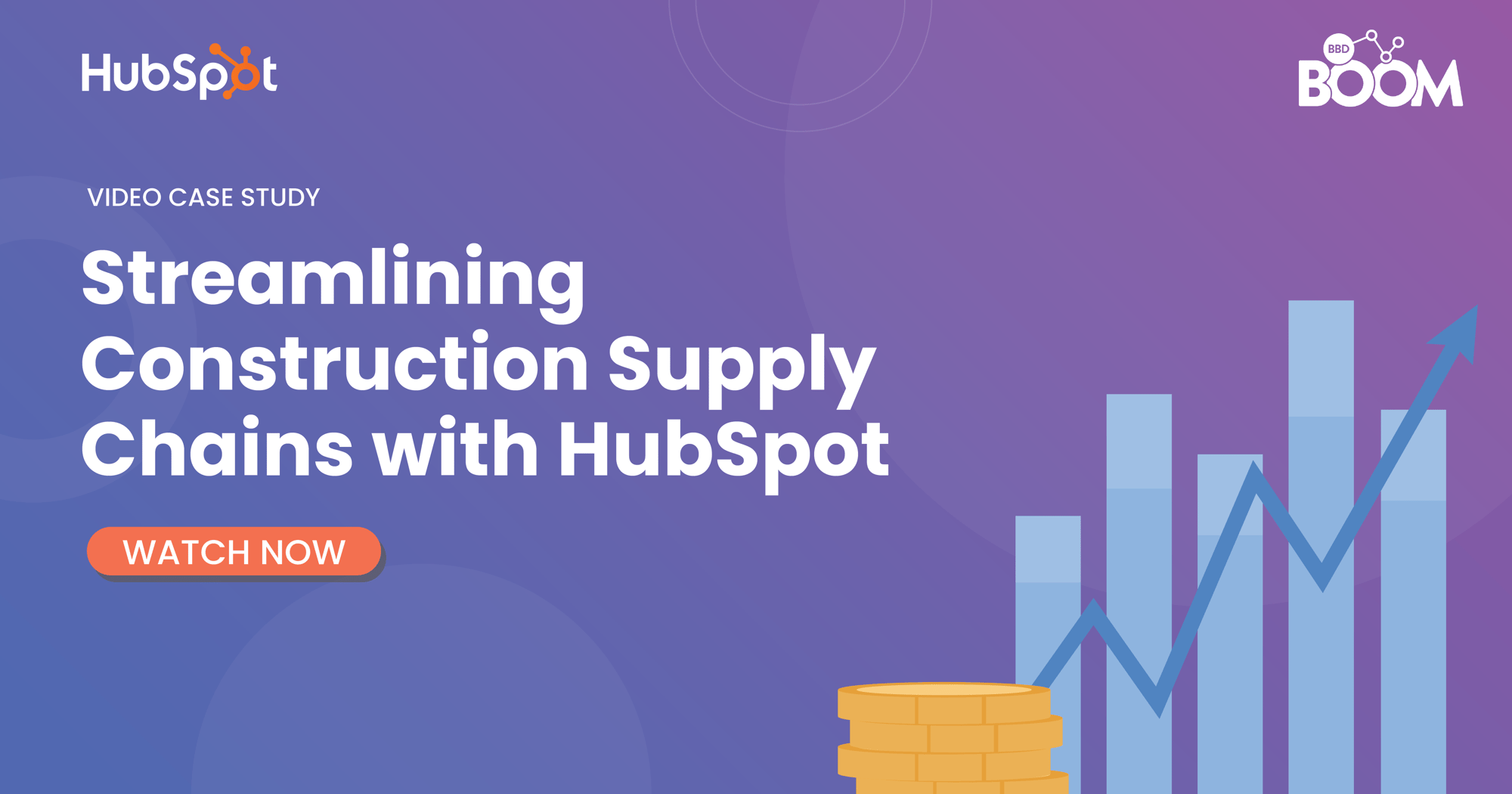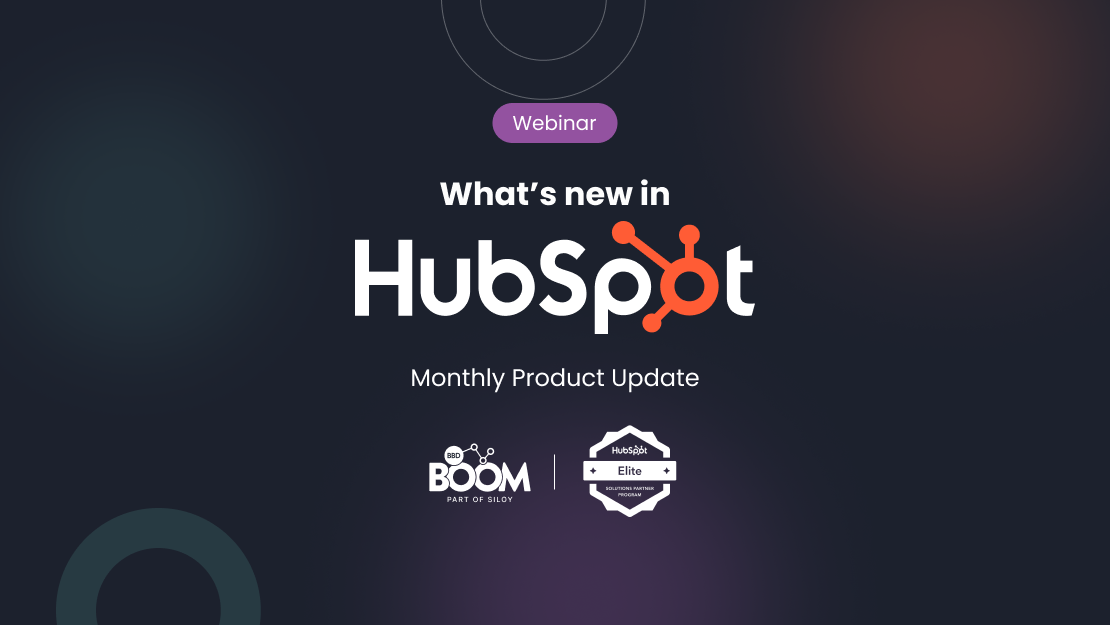So, you’re thinking about moving your sales team from Salesforce to HubSpot. This is not uncommon for a small to medium sized business. Salesforce is a hefty piece of software which is incredibly complex. Many first time buyers don’t appreciate how much technical involvement it needs to be able to run your business the way you want it to.
This is why many want to make the switch to HubSpot. A more flexible, reliable, ultimately more simple software.
Switching CRM software is not a small task and there will be inevitable change management pain. But don’t let the pain of switching outweigh the benefits you will gain. Here’s a four-step plan to making your switch as seamless and painless as possible:
1. Build a project team.
Build a project team owned by a single project manager to get the project moving forward. It’s imperative that whoever is on this project team always has the end user in mind. This will mean that whatever new process you’re building, it has the primary goal of improving the CRM adoption and productivity of your sales and service professionals.
2. Run a pilot.
Build a pilot team with members of the sales and services teams. This will be a crucial step in order to gain buy-in, ease adoption, and reinforce validation amongst the end users. Try building a timeline and add in pilot teams every two weeks to test the migration as you go.
3. Migrate the data.
This will be the biggest and most important stage. At a high level, there are a few things you need to keep in mind when planning to migrate. Then, you need to plan on how to migrate them. Keep these best practices in mind for each element you want to migrate:
Data
- Define which data (contacts, accounts, leads, and opportunities, etc.) should be moved to HubSpot
- Build new properties in HubSpot
- Export data from current platform into .csv and clean
- Use HubSpot’s Salesforce native integration to automate the migration
- If your data is too complex, use HubSpots APIs or 3rd party integrations to do it for you
Integrations
- Take the opportunity to redefine your technical architecture, eliminating and consolidating where possible
- Connect your business critical applications using one of over 400 pre built connectors from the HubSpot Marketplace
- If HubSpot doesn’t have the integration you need, use the API library to build your own
Automation
- Document your workflows and automation. Specifically deal automations, nurture follow-up, and fulfillment
- Rethink, simplify, and optimise the design of how these are set up
- Rebuild automation in HubSpot’s Workflow tool
Reports
- Inventory all active reports in current tool
- Define future state reporting needs, consolidation where possible
- Select HubSpot’s out-the-box reports that meet your needs, modify where necessary
- Build custom reports to fill any gaps
4. Build a comprehensive training and enablement plan.
This step really speaks for itself. When implementing this stage, try to phase out each stage of training. Start by giving end users pre work that can be on-demand and self-paced. After that, move onto in-person training, then eventually practical training within the system.
So, if you find yourself thinking that you’ve invested so much time and money in a system that it might be too hard to walk away, just know that’s a totally normal feeling. Ultimately, if you’re not happy and not working at the capacity you feel you should be, rip that bandaid off and make a change. We can assure you that the future will look a lot brighter.
To learn how to start moving your CRM functions into HubSpot, click here to book a demo and a chat with one of our solutions specialists.
.png?width=877&height=508&name=bbd-boom-siloy-navy+blue-logo%20(1).png)
.png)



.jpeg?width=50&name=0%20(1).jpeg)

.jpeg?width=90&name=0%20(1).jpeg)


.jpg?width=352&name=Untitled20design20286129%20(1).jpg)